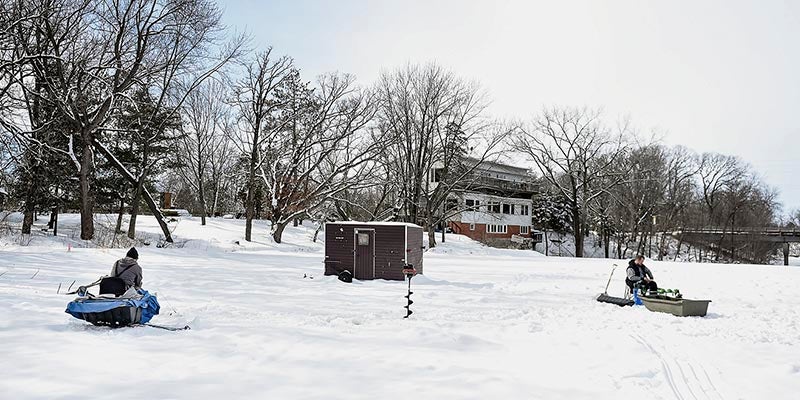RCC input sessions part of a bigger process toward a strategic plan
Published 3:46 pm Wednesday, June 26, 2024
|
Getting your Trinity Audio player ready...
|
On Monday and Tuesday of this week, Riverland Community College hosted three input sessions — one at each location — in order to gather ideas and feedback relating to the college’s role in the communities it serves.
The sessions are seen as a crucial step in RCC’s year-long process of determining its strategic plan for 2025-2030.
“To make sure we’re not operating in a vacuum,” said Dr. Denine Rood of Lily Lane Consulting, who is guiding the school through the process of developing its plan. “It’s ultra important to make sure we’re asking people things like, are you aware of Riverland? How do you know about us? Only they can tell us. We really want to hear from business owners and people who are hiring graduates. What are they seeing, what are they needing. How can we better create this talent?”
One session each was held Monday at Owatonna and Albert Lea campuses, while Tuesday morning’s session was held at the Austin campus.
The sessions create an important bridge between the school and the community to ensure that the two parties are aligned.
“We are a community college and we’re here to serve the communities in which we reside,” said RCC President Dr. Kat Linaker. “Getting input from folks who live in our area in all three of the towns we have physical locations in is vitally important because we need to have programs to see what our communities need.”
The process of creating a strategic plan for the next five years began in January and continues through the year featuring a number of steps including getting input from faculty and students at the school later this year.
There is currently a live online community input survey available through Riverland. People can also access a print version of the survey at www.riverland/edu/input as well. People will have through July 15 to take part in the survey and furthers the mission of making sure the community has a stake in the process.
“We gather information, distill it and share it back and get more feedback,” Linaker said. “Make sure we’re hearing people and understanding their needs correctly so we don’t make a mistake.”
To help guide the process, the school brought in Rood, who specializes in working with higher education institutions — especially two-year schools. Most of her work is dedicated to strategic planning, but she also helps institutions in matters of accreditation.
“I think institutions like having an outside voice or an outside person to keep a project moving along,” Rood said. “It’s a very intentional process of gathering input from internal and external stakeholders.”
The process is intentional because of the individual needs of every school, individual needs that are often picked up in listening sessions, which is why they tend to be so important in maintaining community connections.
“That’s exactly what we’re hoping for — those precious gems,” Rood said. “We open it up to the community when we gather our internal input.”
This strategic planning has become especially important because of the changing landscape of Riverland as it relates to students of diverse backgrounds.
Currently, 26% of the Riverland student population is of diverse background and of that number 17% is of Hispanic descent. Those numbers will continue to rise making it increasingly important that Riverland adapts on each campus.
“It would need to be flexible and each campus looks different,” Linaker said. “Each of our three cities have a different demographic make-up and so what our campuses are doing and how we’re serving students needs to be reflective of that. It will be tweaked or made to serve the students.”
In April, Riverland was designated an Emerging Hispanic Serving Institution by the Hispanic Association of Colleges and Universities. This will open the door for more funding opportunities and opportunities in general for the college.
At the same time, it will act as a template on how students of other diverse backgrounds will be supported.
Planning won’t just be relegated to just five years. With each department becoming a piece of the process, Riverland will look to establish a lasting ladder by returning to the plan on a yearly basis in order to further refine things.
“We do check-ins every year so if things need to be tweaked or something major happens and it changes, then what we need to do we can adjust,” Linaker said. “It’s a living plan.”
“That work needs to be funneled down to the department level,” Rood said. “A planning process that supports the strategic plan. What is in that plan is going to move along. It’s got to really be a plan that works. Not a shelf-sitter.”








